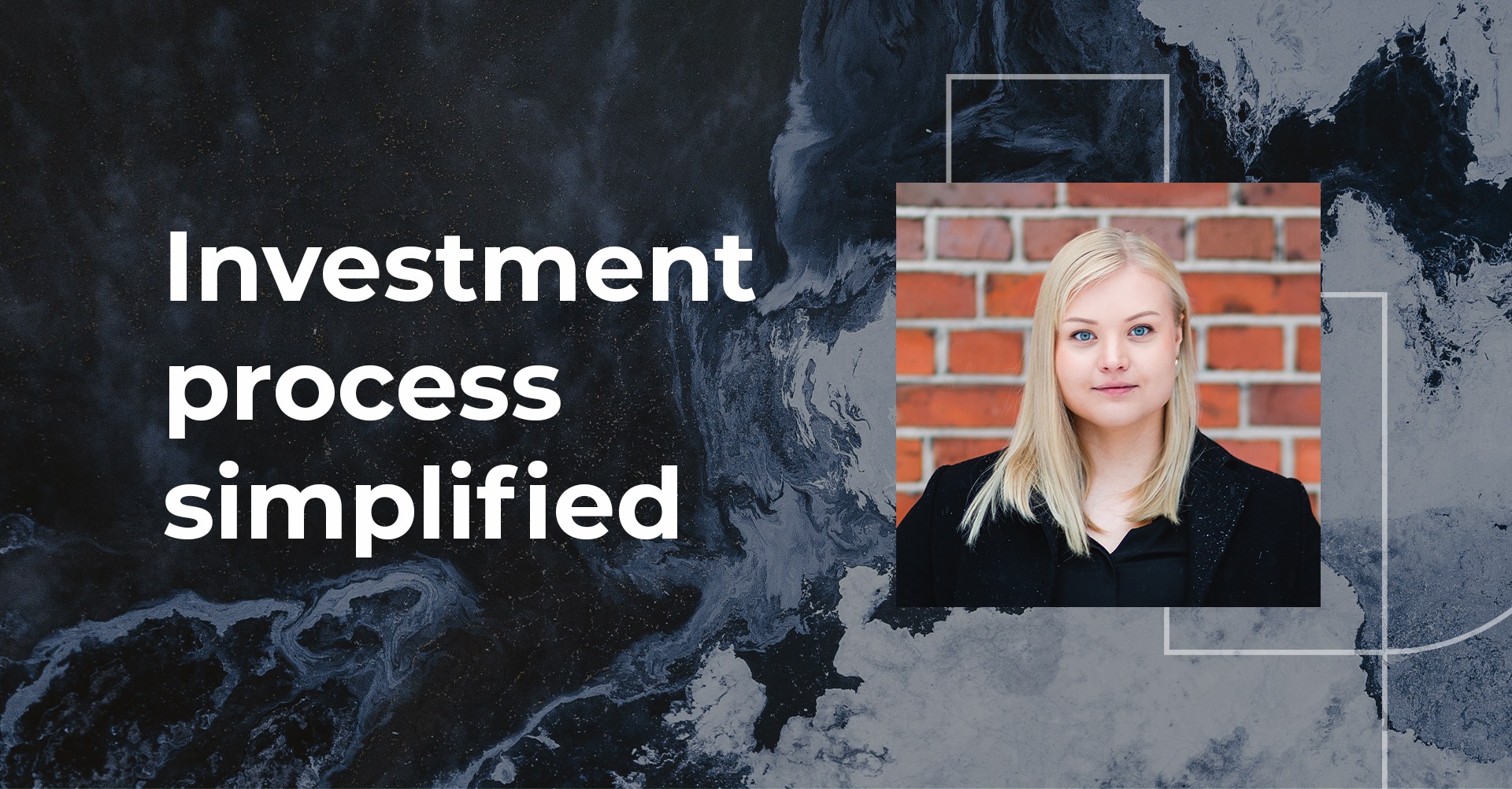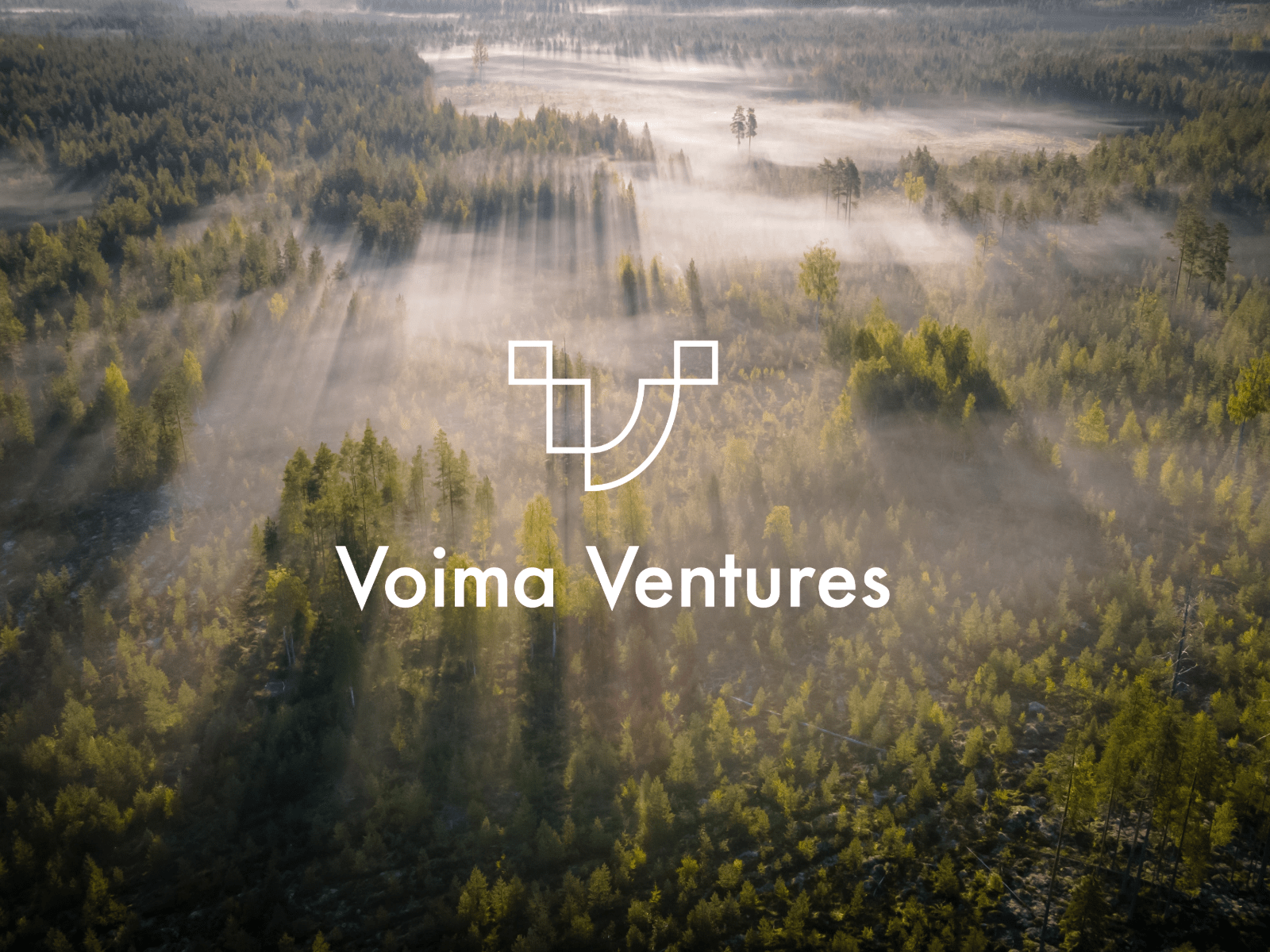Veera Pietikäinen, our VC Trainee shares her experience on the deep tech investment process for all entrepreneurs to learn what the analysis and investment process looks like from the inside, and what to expect.
My very first day at Voima Ventures started with a breakfast meeting with Elfys, our Fund II’s first investment. Back then, I could only have guessed the steps taken before reaching that “honeymoon” phase right after closing the deal. Now, a little over a year later, I’ve had the opportunity to closely follow the investment process of almost all of our 12 investments in Fund II. It’s time to share what I have learned.
In this blog, I will shed light on what happens behind the scenes before reaching the investment decision. I’m hoping this helps you prepare for your own investment process, or just simply helps you understand the VC investing process in general.
I’ll focus on the process I know the best – our process. For Voima Ventures, the special characteristics stem from our focus in deep technology and early stage investments. In general, the steps in most investments are pretty much the same: you look for potential investments, discuss the best cases with your team, form an investment proposal, check “under the hood” with a due diligence report, and finally, if everything looks good, close the deal. This is a very simplified version of the process – in reality, deep tech is a much more complex domain to invest in. Each fund has their own unique ways of reaching the investment decision, and even for us eventually every investment process is different.
Hearing your story – the first meeting
Most of our new investment prospects come through warm introductions via our network, as well as from founders directly contacting us (find our emails here). Additionally, we meet teams through various events, innovation programs, and accelerators where researchers and founders meet investors. We are looking for science based innovations that have the ambition and potential to solve major global problems, with the right team behind it.
We set up first meetings with the teams that we find the most potential, and which fit our investment strategy. Usually, the first meeting is a one-on-one meeting with some presentation materials, preferably sent to us beforehand. My first tip to founders would be to contact investors as soon as you know that you are raising funding, optimally within 3 – 6 months. It is good to get to know your investors. Additionally, in the best case, we can support you during the process and help you find the key problems that need to be solved before raising funding successfully.
After the initial meeting, we follow-up with questions or comments as soon as possible. We take the best cases to our bi-weekly deal flow meetings where we discuss which cases we want to know better and which ones to pass. At this point typically we continue the discussions through workshops to help the founder team in strategy, go-to-market or competitive assessment and set-up meetings with our other team members, or we inform the team that we have decided not to go forward with the investment opportunity. We also may already call your customers or have an expert from our network to review your technology.
In some cases, if the timing or the firm’s situation is not yet right for the investment, we might agree on milestones (commercial, team, technical) that the team should reach before continuing to the next phase of the investment process. This also allows the team a perfect opportunity to showcase their capability to make progress and build relationships with the Voima Ventures team.
Getting to know you – assessment, term sheet and due diligence
When we have decided within our team to take an investment one step forward, we start to examine the company’s potential, possible challenges and risks in more detail, and evaluate how we could bring value to the team. From the founders’ point of view, this might often be the most stressing part of the process.
When we are forming an investment proposal to be reviewed with our team, we typically:
- create our own financial models for future income and ownership,
- analyse competition, market size and market position,
- validate the market size and technology potential via conducting additional reference calls with technology experts and/or possible customers,
- evaluate the IPR strategy or other ways to sustain competitive advantage,
- interview the whole team and evaluate the team’s competence.
We also want to try the product or service at this stage, although some deep tech startups might not have a clear product or prototype ready. If we don’t get to test the product, we settle with demos or test runs and analyse the results. Moreover, we evaluate the company’s overall impact on ESG factors and ways to improve the company’s ESG performance if we make the investment.
The reference calls we conduct are often with professors from universities, top researchers from different fields, industry experts, and potential end users. My tip for founders is to think of these references beforehand: in addition to saving time, it shows that you know your field and you have relevant connections.
The team’s competence is emphasized in finding the right product-market fit and validating it. However, in early stage companies the teams might be still looking for additional expertise and founders, in which we can help through our network of professionals and experienced entrepreneurs.
We form our internal investment proposal and term sheet when the business and technology analysis is on a sufficient level and review them once again with our whole team. If we see that there’s potential for a good investment that makes sense for us and our investors (i.e. limited partners or LPs for short) and the team agrees on the investment terms proposed in the term sheet, we start the due diligence process.
Due diligence is a thorough background check on the claims the company has made and which we have used in our assumptions. It also includes evaluating the overall quality of governance in the company. Luckily, the majority of early stage companies are in pretty clean shape, and we can help them in forming important documents reducing the total time needed for the process.
Negotiations and closing
We can start to negotiate the investment in more detail after the due diligence process, if no major red flags were found. In real life these are typically done in parallel.
The agreement package includes shareholder agreement, investment agreement and employment agreements of key team members. These cover for example final valuation, distribution of ownership, obligations to both sides, board composition, exit terms, etc. Our objective is to make a balanced investment agreement taking into account the founders and also the obligations we have towards our own investors, e.g risk management. When all the terms are agreed on by both sides, we can finally sign papers and shake hands.
I would like to emphasize that even though the investment process is technically complete at this point, our investment process truly ends only when we exit. The typical time for ownership is 5 to 7 years, even beyond that. We are very hands-on owners and actively support our portfolio companies: we participate in boards and accelerate the business growth, help in raising new funding, look for key recruitments, and much more.
The time between the first meeting and closing the deal can be anything from a few weeks to many months. But the sooner we know you, the better are the chances of closing the funding round swiftly. So, to all the deep tech founders out there debating whether or not to connect with us or other future investors: do it! After all, that’s what we are here for – to meet new startups with brilliant innovations and work towards growth and value creation together with you.
Written by Veera Pietikäinen.





